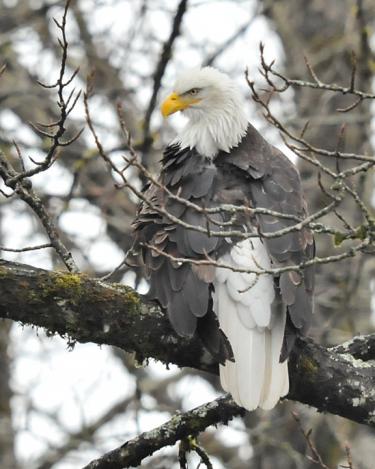When and Where
With field guide and binoculars, you are ready to take a walk and start understanding the world of birds on your property. To aid you in your search for birds, here are some general tips on when and where to find them.
1. Take a morning walk
In general, the best time to see birds is in the morning when they are most active. There are some exceptions to this rule, based on weather patterns and bird species, which you will learn as you go along. For instance, some birds will become very active when the sun comes out after a rain. Also many birds avoid activity on windy days, preferring to hunker down until the weather improves. And some bird species are most active at night— including owls and whip-poor-wills. But, as a rule, you will likely see the most diverse range of birds on a morning walk.
2. Know where to look
You can find birds any place there is enough food, water and shelter for them to live—but you will find more diverse and healthier populations where there is clean, sufficient water, and healthy native plant and animal communities.
You will be able to look out for specific birds in the specific places once you get to know the different habitat types on your land. Like all wild creatures, birds are adapted to habitats where they have developed effective strategies for finding food, building nests and raising their young. This habitat may be wetland, coastal, deciduous or pine forest, or perhaps open grassland—and everything in between. Many birds migrate between habitats and climates, so you will only see them certain times of year. And even among birds resident in a particular woodlot, there are special niches for birds that spend more time on the forest floor, in short shrubs, at eye level and those in the upper canopy.
3. Notice the details—quickly!
Many birds will not stay around for long, so when you find birds you don’t know, pay attention to a few features that stand out—size, shape and color of the bird. Then you can check your guide and see if you find a match. You can also use a notebook or small recorder to save your observations.
How can I get more tips?
It’s simple! Enter your email below.

